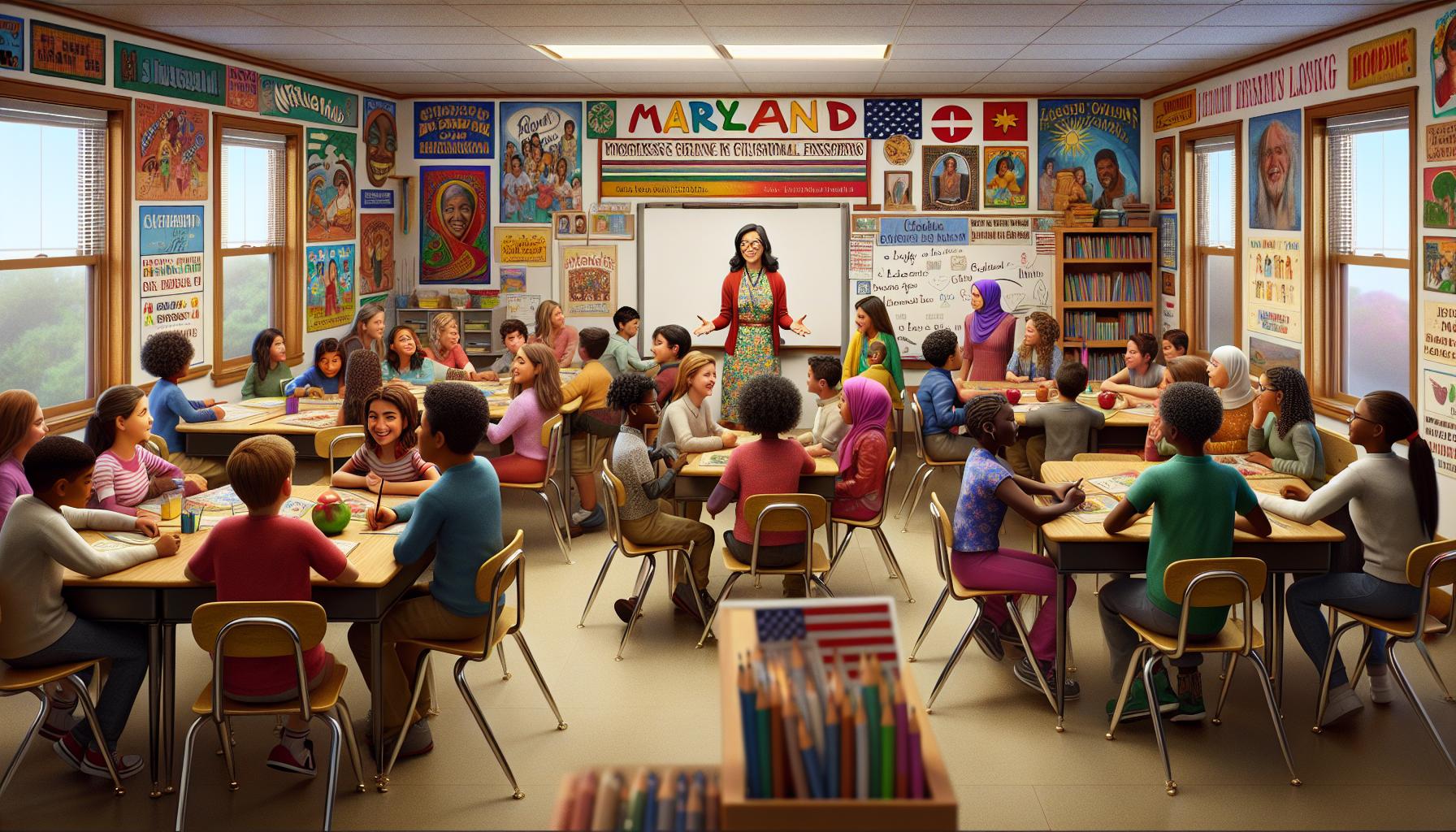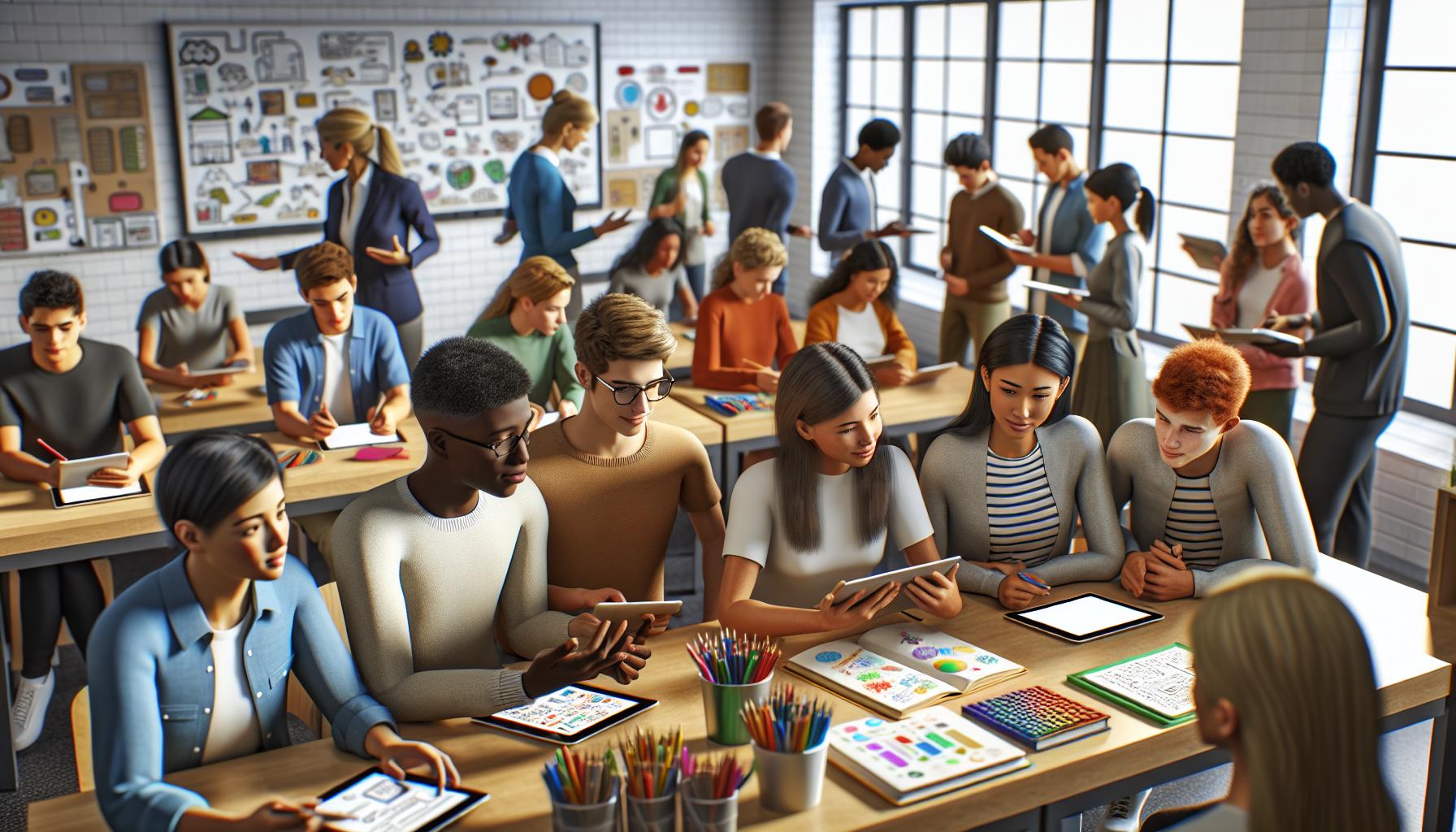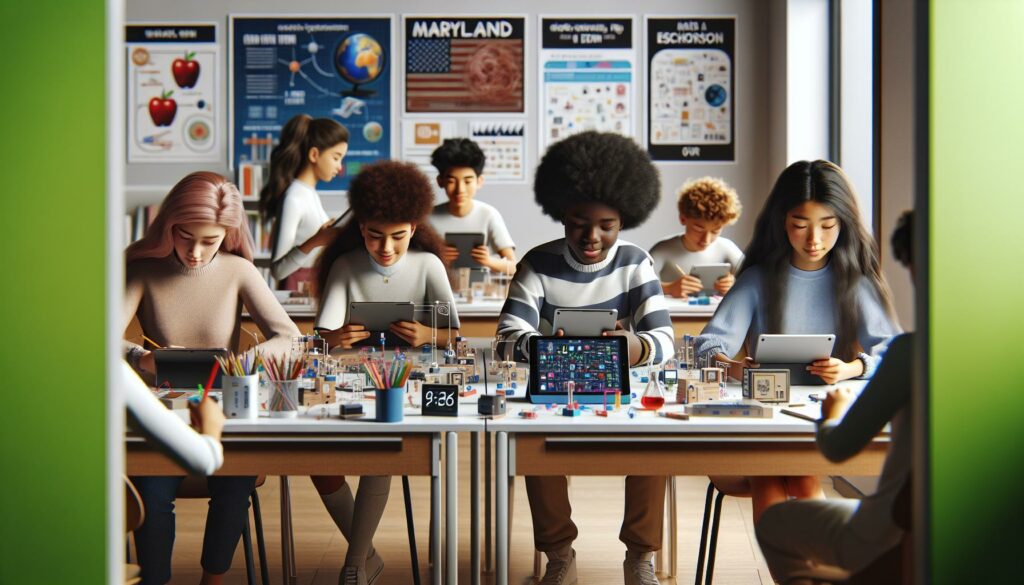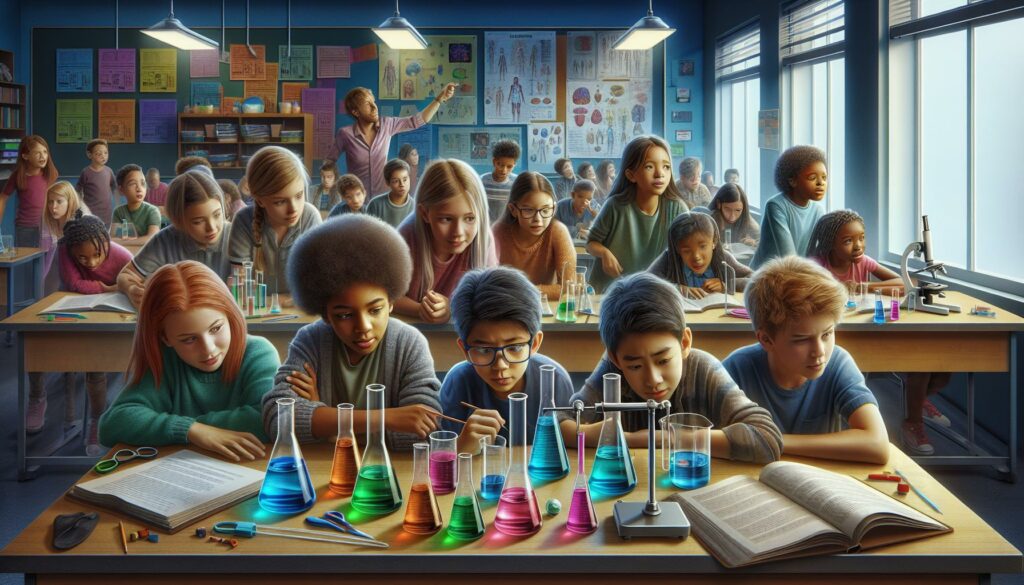Navigating the K-12 education landscape in Maryland can feel overwhelming, but it’s also an exciting journey filled with opportunities. As a parent or educator, understanding the ins and outs of this system is crucial for fostering a successful learning environment. Maryland boasts a diverse array of schools and programs designed to meet the needs of every student. From innovative public school initiatives to specialized charter schools, Maryland’s K-12 education system offers something for everyone. I’ve seen firsthand how these options can shape a child’s future, and I’m eager to share insights that can help you make informed decisions. Let’s dive into what makes Maryland’s K-12 education unique and explore the resources available to support our students.
- Diverse Educational Options: Maryland’s K-12 education system includes public, private, and charter schools, each providing unique opportunities for diverse student needs.
- Curriculum Standards: The Maryland State Department of Education sets curriculum standards focusing on literacy, mathematics, science, and social studies, ensuring educational excellence.
- Assessment Practices: The state employs the Maryland Comprehensive Assessment Program (MCAP) to evaluate student performance and inform educational strategies, maintaining high standards across the board.
- Funding Challenges: Many Maryland schools struggle with inadequate funding, impacting resources and student engagement, though initiatives like the Blueprint for Education aim to address these issues.
- Equity Concerns: Disparities in student achievement exist among different demographic groups, prompting the state to implement equity-centered reforms for improved support and academic success.
- Innovative Approaches: Maryland embraces technology integration and alternative education programs, enhancing student engagement and creating inclusive learning environments.
Exploring K-12 Education Maryland
K-12 education in Maryland encompasses a diverse landscape of public, private, and charter schools, each providing unique opportunities for students. The Maryland State Department of Education oversees the education system, ensuring compliance with state standards and guidelines.
The structure consists of three main levels: elementary, middle, and high school. Elementary education serves grades K-5, middle education covers grades 6-8, and high school includes grades 9-12. Maryland advocates for a well-rounded curriculum that emphasizes literacy, mathematics, science, and social studies.
Maryland showcases an array of innovative public initiatives aimed at enhancing student learning. Programs like the Maryland Blueprint for Education aim to improve educational outcomes through funding and resource allocation. Schools also implement specialized programs such as STEM (science, technology, engineering, and math), arts education, and career and technology education to foster student engagement.
Charter schools in Maryland operate with greater flexibility than traditional public schools and serve as alternatives for parents seeking unique educational approaches. Each charter school develops its curriculum and teaching methods, creating a variety of educational experiences for students.
For parents and educators, understanding the available options and resources becomes essential. The Maryland State Department of Education offers various tools, including school performance indicators and resource guides, to assist families in navigating the education system and making informed decisions regarding their children’s education.
Key Features of K-12 Education in Maryland

K-12 education in Maryland features a dynamic curriculum and robust assessment practices that support student growth. Understanding these elements provides insight into the quality of education offered across the state.
Curriculum Standards
Curriculum standards in Maryland focus on educational excellence and relevance. The Maryland State Department of Education sets the state curriculum aligned with the Maryland College and Career-Ready Standards. Key areas include:
- Literacy: Emphasizes reading comprehension and writing skills in all grade levels.
- Mathematics: Incorporates real-world applications and critical thinking in problem-solving.
- Science: Fosters inquiry-based learning and hands-on experiments.
- Social Studies: Encourages historical understanding and civic engagement.
Schools implement these standards while allowing for local innovation, ensuring that curricula meet the diverse needs of students. Specialized programs, including STEM and the arts, further enrich the standard curriculum.
Assessment and Accountability
Assessment and accountability are essential in Maryland’s K-12 education system. The Maryland Comprehensive Assessment Program (MCAP) evaluates student performance in grades 3-8 and high school. Components include:
- State Assessments: Focus on math and English language arts, ensuring alignment with state standards.
- Assessments for Learning: Formative assessments inform instruction and identify student strengths.
- Accountability Systems: Schools are held accountable through state and federal metrics, including graduation rates and student progress.
These assessments guide educational strategies and help maintain high standards across the state, ensuring all students receive a quality education that prepares them for future success.
Challenges Facing K-12 Education in Maryland

K-12 education in Maryland faces several significant challenges that impact students, families, and educators. These challenges include funding issues and equity in education.
Funding Issues
Funding issues compromise the quality of education across Maryland. State and local funding mechanisms often fail to meet the needs of all schools. According to the Maryland State Department of Education, approximately 25% of schools report inadequate funding for essential resources like textbooks and technology. Budget constraints can lead to larger class sizes and reduced extracurricular activities, directly affecting student engagement and learning outcomes. With recent initiatives, such as the Blueprint for Education, efforts aimed at improving funding are underway, but disparities remain evident, especially in low-income areas.
Equity in Education
Equity in education continues to be a pressing concern in Maryland. Disparities in student achievement persist between different demographic groups. The Maryland State Department of Education reported that students from historically marginalized communities often score lower on standardized tests compared to their peers. Access to advanced placement (AP) classes and gifted programs varies widely, affecting minority and low-income students disproportionately. To address these challenges, the state is working to implement equity-centered reforms, ensuring that every student receives the support necessary to succeed academically and socially.
Innovations in K-12 Education in Maryland

Maryland’s K-12 education system embraces various innovations aimed at enhancing student engagement and achievement. These advancements not only support academic growth but also prepare students for future challenges.
Technology Integration
Technology integration transforms the learning experience in Maryland’s classrooms. Schools utilize digital tools to facilitate personalized learning and foster collaboration. For example, interactive whiteboards, learning management systems, and educational apps enhance student engagement. The Maryland State Department of Education promotes initiatives like the Digital Learning Innovation Fund, which provides resources for technology-rich environments. Students access online courses and virtual labs, expanding educational opportunities beyond traditional settings. These advancements ensure students develop critical 21st-century skills needed for future careers.
Alternative Education Programs
Alternative education programs in Maryland cater to diverse learning needs and styles. These programs include various options such as online schooling, home schooling, and special education initiatives. For instance, the Maryland Virtual School offers full-time online education, providing flexibility for families. Other programs focus on specific student populations, such as those with learning disabilities, fostering inclusivity and support. These alternatives allow students to thrive in environments suited to their unique challenges and strengths, contributing to overall educational equity.
Navigating the K-12 education landscape in Maryland can be both exciting and challenging. With a variety of schools and programs available there’s something for every child’s unique needs and interests. I’ve seen firsthand how these educational options can shape futures and empower families to make informed decisions.
While challenges like funding and equity remain pressing issues the state’s commitment to innovative solutions gives me hope. Maryland’s focus on a well-rounded curriculum and technology integration prepares students for success in an ever-evolving world. By staying informed and engaged in the educational process we can help ensure that every child has the opportunity to thrive.



